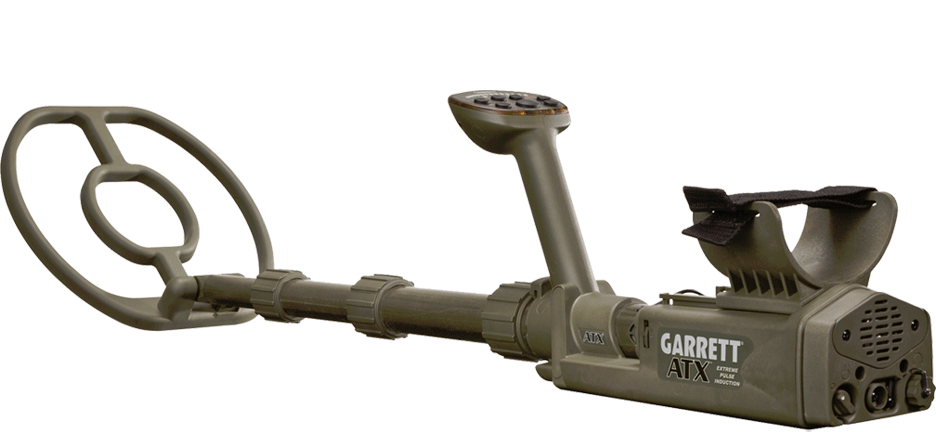Cameraniac
Active member
... getting jammed up with silt and sand. So, one of the first things that I plan to do, when I receive my ATX, is to drill a small, 1/8"-1/4" hole into the lower stem, just above the iso-rod. I may even go as far as to drill a hole just above each stem-nut. The holes give the water that gets trapped inside of the stem an easy exit point. Since the holes offer less resistance to water flow than the stem-nuts do, most of the silt and sand laden water will exit from them rather than from around the nuts.. Worked really well when I did the same to my Anderson, carbon fiber upper/stock Excal. lower combo, and all I did was drill a small hole just above the iso-rod, in the lower stem. Water, even dirty water, always seeks the path of least resistance. This technique doesn't completely cure the problem, but it does help ... a lot.
Oh, and if you decide to drill any holes, be careful not to drill into the cable, Also, if drilling near the nuts, make sure that the stem is fully extended so that you do not drill through two rods at once. It helps to use something like a long dowel rod to check for the point where each stem section ends.
Good luck, and HH - Daddy
Oh, and if you decide to drill any holes, be careful not to drill into the cable, Also, if drilling near the nuts, make sure that the stem is fully extended so that you do not drill through two rods at once. It helps to use something like a long dowel rod to check for the point where each stem section ends.
Good luck, and HH - Daddy


